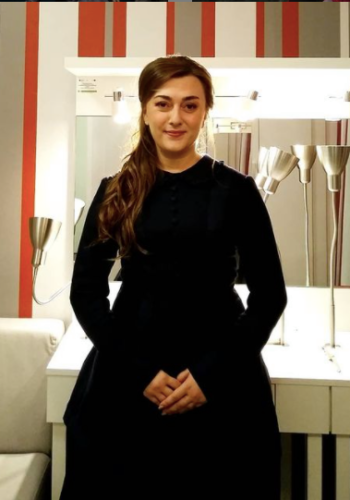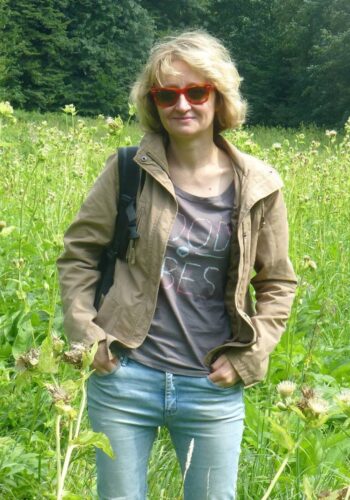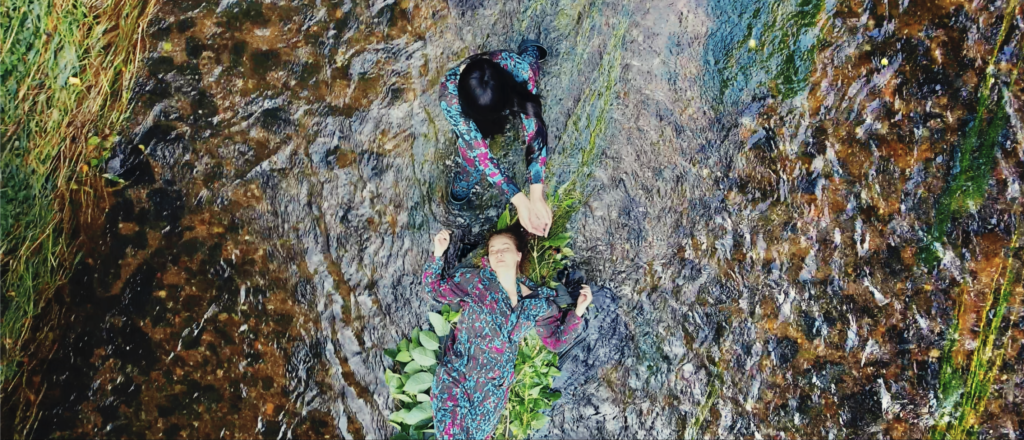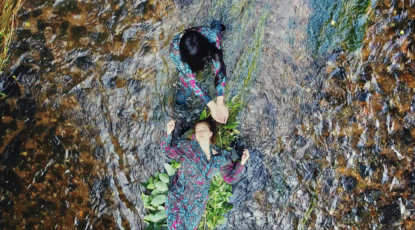Arianna: Let me die! And what do you think can comfort me in such harsh fate, in such great suffering? Let me die! C. Monteverdi: “Lamento d’Arianna”
…
Sylwia Olszyńska: “Working on this project was a special experience for me, mainly due to the previously unknown form of performance, which is a film etude. In addition, one of the most recognizable characters of the mythical world, described in the musical language of the Baroque master. In my work, what I wanted the most was to become the common denominator for the events that took place many centuries ago and became the foundation of our culture and art. This is how I tried to see my heroine, whose story continues through times and spaces, to finally reach us – here and now. Ariadne unravels her thread, hoping it will lead her to her lover. Immersed in a trance, she does not notice that throughout history she has become a prisoner of her own story. If the thread is unwound for too long, it begins to tangle, distancing the woman more and more from the desired goal. The only way out is to tear apart what holds her in order to wake up from the hypnotic dream and start living again.”
Anna Popiel: “We focus on the first part of “Ariadne’s Lament” by Claudio Monteverdi. Lonely Ariadne curses her fate and invokes death. The harsh, uninhabited landscape of Naxos eloquently illustrates the state of mind of a person who has lost the meaning of life and all hope. The mental devastation caused by enormous suffering is reflected not only in the desperate images of a sandy wasteland, but also in the music that resonates perfectly with them. We want to bring Ariadne closer to today’s audience and at the same time enrich the mythological context with slightly less obvious references. Instead of a desert island, we intend to show Bytom – a small but important from the cultural point of view city in Silesia in Poland. It is like a living organism from which the heart has been ripped out and in which its vital functions slowly cease; who only asks for one thing: let me die. We have a meeting of two threads: along with the loss of love, the whole world “dies” for us (instead of the abstract shores of Naxos, we see a specific city landscape in its most nostalgic version); it is a story about a departing world; about a city that was exploited industrially and in a sense “abandoned” to fate, doomed to non-existence. These two threads are linked by the figure of Ariadne, who sings her lament while walking through the streets of Bytom. The red thread symbolizes the love that still burns in Ariadne’s heart, driving her mad; the desire to return to the beloved, an obsessive attempt to recreate his path through the maze; the death our heroine wants; as well as the remnant of life, which still smolders in a sad, neglected and at the same time disturbingly beautiful city.”










